New Jersey
U.S. Marines hated these early Colt revolvers, but the Texas Rangers loved them – here’s the story
Published
1 month agoon

Colt’s Patent Arms Company Collapse in Paterson
Samuel Colt got his big break in 1836 with a patent for a gun that could fire multiple shots. He soon built the Patent Arms Manufacturing Company in Paterson, New Jersey with $300,000 from rich backers.
The four-story factory churned out over 4,000 weapons, but things went south fast. Quality issues plagued the guns since making parts that fit together was still new tech.
After the 1837 financial crash, money dried up. Even worse, the Army and Marines hated the guns.
By 1842, the whole thing fell apart. The Paterson Museum now houses these rare firearms that failed in business but changed gun history forever.

Colt Got His Big Break with a Revolutionary Patent
Sam Colt got his first patent on February 25, 1836 for a gun that would change war forever – his revolving-cylinder pistol.
He quickly formed a team of investors that same year, thanks to a loan from his cousin Dudley Selden who also wrote recommendation letters.
New Jersey lawmakers approved the Patent Arms Manufacturing Company on March 5, 1836, with $230,000 in startup money.
The company opened in a fancy four-story brownstone building at the bottom of Paterson’s Great Falls, making three types of handguns and two rifle models.

His Factory Dreams Crashed Against Manufacturing Realities
Colt wanted to make guns with perfectly matching parts.
His plan was for machines to make every piece so workers could simply put them together like an assembly line. The problem?
This type of manufacturing was still new, only becoming somewhat workable about ten years earlier.
The Paterson factory never got all the parts to match up right, and old-style gunsmithing couldn’t fix all the problems.
Still, between 1836 and 1842, the factory made 1,450 rifles and carbines, 462 shotguns, and 2,350 pistols.

The Marines and Army Hated His Early Guns
The U.S. Marine Corps and Army complained about the first Colt revolvers they tested. The guns had a strange hammerless design that was about sixty years too early.
Soldiers used to regular guns with exposed hammers found them confusing. Many curious troops took the locks apart, which broke parts, stripped screws, and ruined the guns.
Colt tried to fix the problem by adding exposed hammers, but issues kept coming up. Some Paterson revolvers worked great, while others failed badly.
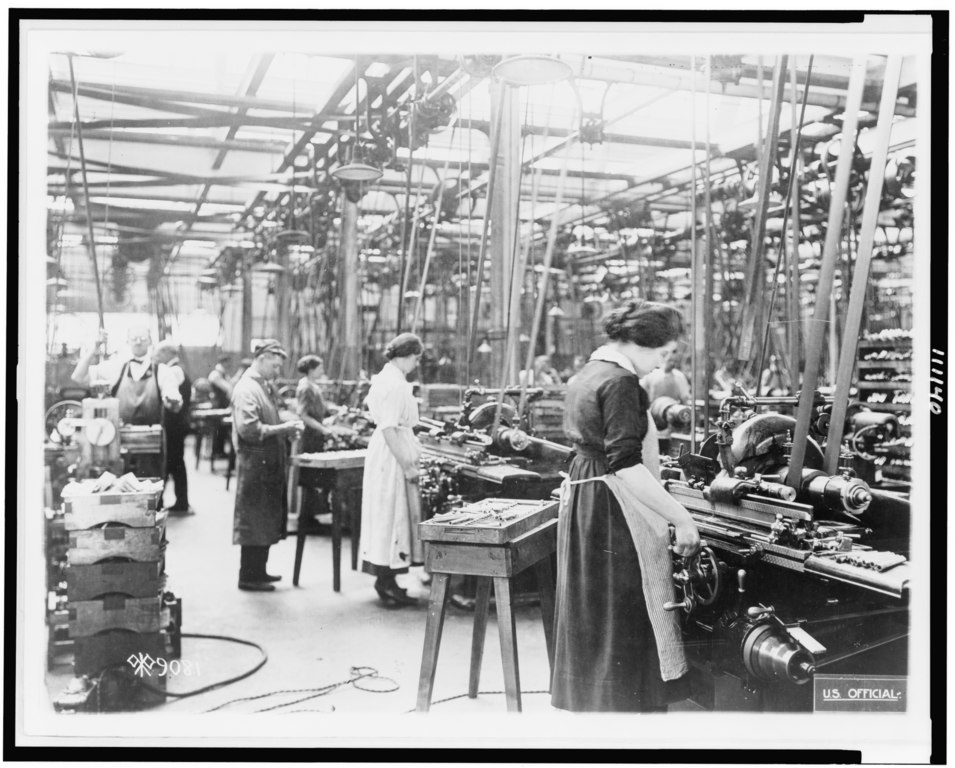
The Factory Made Guns Nobody Bought
By late 1837, the Arms Company had built more than 1,000 weapons but hadn’t sold any. Colt tried hard to get government contracts but failed, leaving the business struggling without military orders.
His plan to show off the guns in general stores didn’t bring enough sales.
The company even lost a promising order from South Carolina for 50-75 pistols because they couldn’t make them fast enough. Without steady orders, the money started running out.

Money Troubles Hit After the 1837 Financial Panic
The Panic of 1837 made things worse when the company’s backers refused to pay for the new machinery Colt needed. Desperate for cash, Colt traveled around trying to raise funds, getting another loan from cousin Selden.
He even showed his revolver to President Andrew Jackson, who liked it and wrote a supportive note.
Colt used Jackson’s letter to push a bill through Congress for a military test, but he still failed to get the military money he needed to keep the company going.
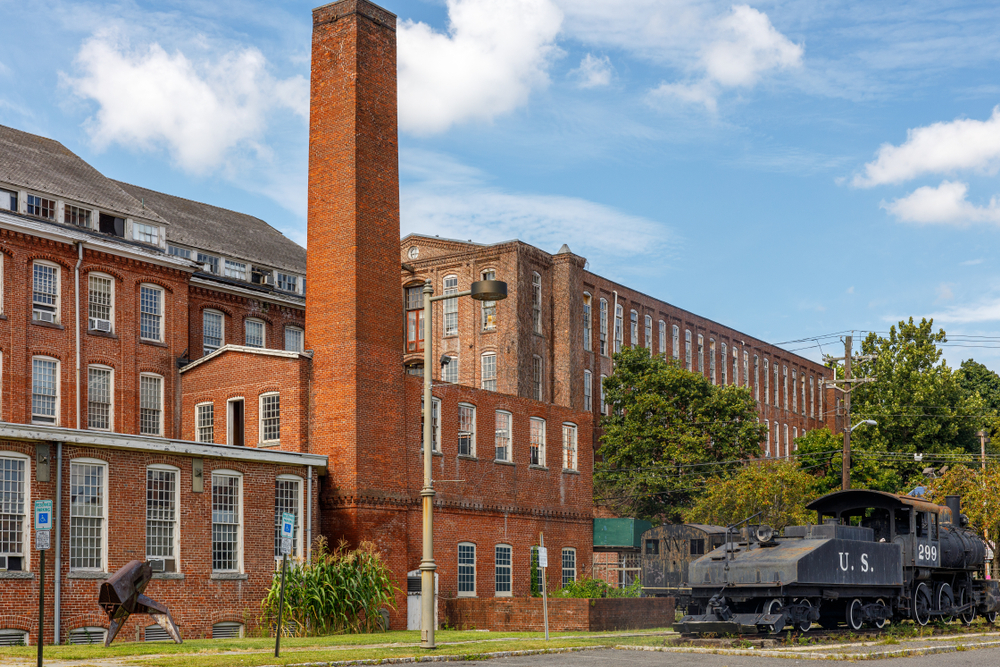
Fancy Clothes and Booze Drained Company Funds
Colt hurt his own business by spending too much on expensive clothes and gifts for potential clients. His cousin Selden twice stopped him from using company money to buy liquor and fancy dinners.
Colt thought getting potential customers drunk would help him sell more guns. Selden often scolded him for using corporate funds for personal expenses.
This careless spending wasted resources the struggling company badly needed for manufacturing improvements and daily costs.
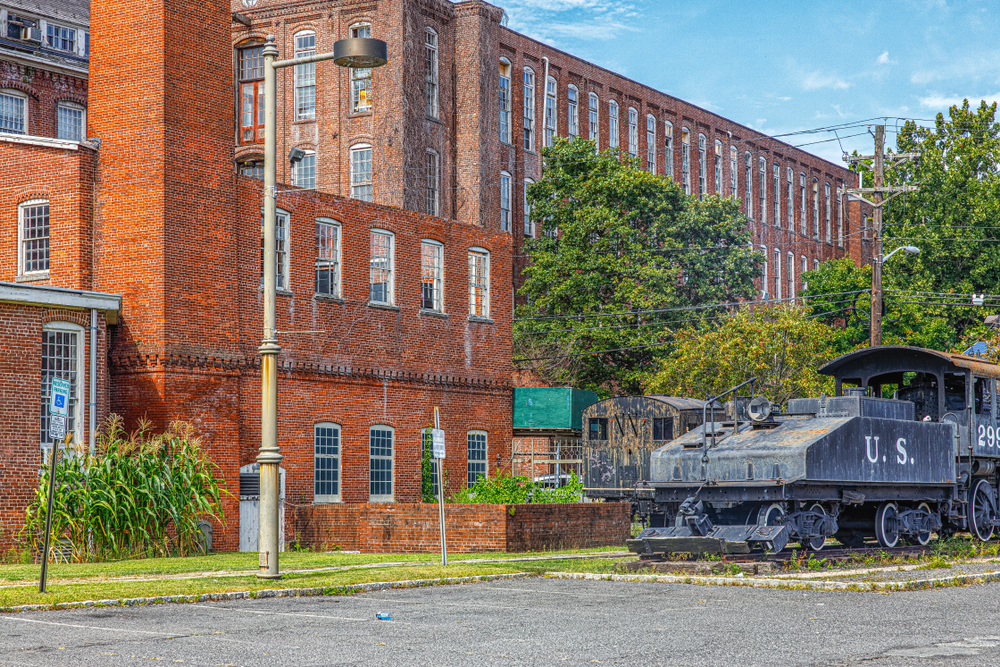
Florida’s Seminole War Offered a Brief Lifeline
The company got a short boost when war broke out against the Seminoles in Florida, leading to the first actual sales of Colt’s guns. Soldiers in Florida first praised the new weapons for their firepower in combat.
The United States Army bought some Paterson revolvers and carbines for limited use in the Second Seminole War.
This success didn’t last long, as the government later decided the arms broke down too often, despite the early good reviews from the field.

Texas Rangers Proved Colt’s Guns Could Win Battles
The Republic of Texas bought 180 revolving shotguns and rifles plus the same number of handguns for their navy in 1839.
When Sam Houston later shut down the Texas Navy in 1843, Captain Jack Hays gave his Texas Rangers the extra pistols. The Rangers loved these repeating handguns, which gave them more firepower against Comanche warriors.
The Paterson revolver made all the difference at the Battle of Bandera Pass, where Rangers carrying two pistols had 10 shots compared to the single shot of old weapons.
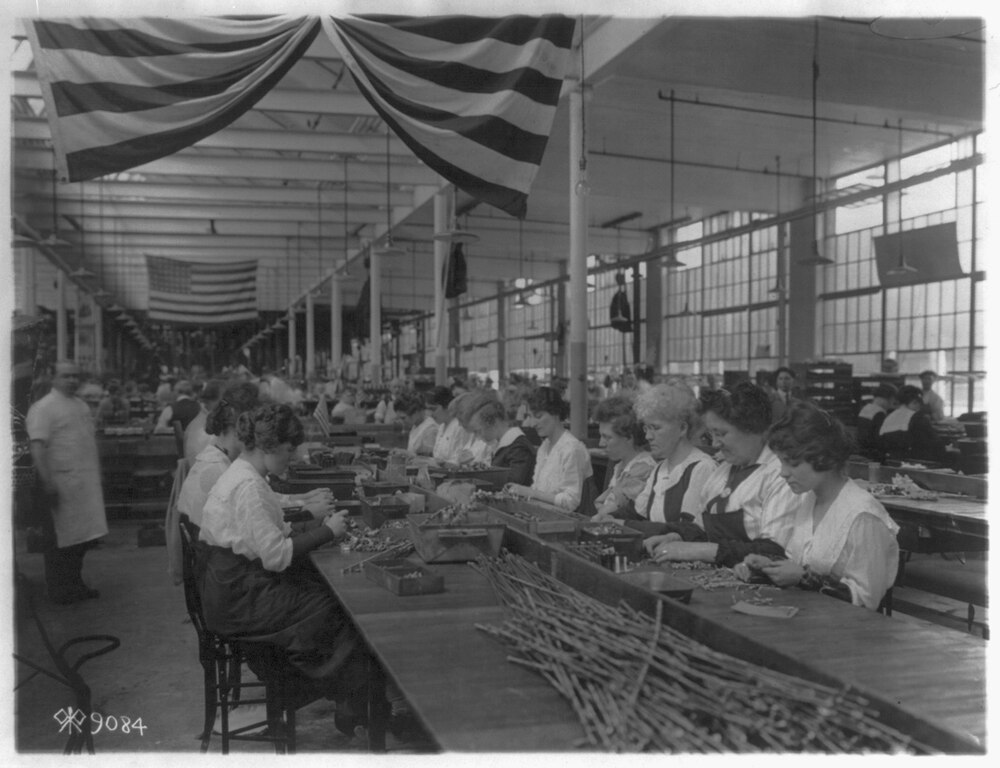
Investors Pushed Colt Out of His Own Company
The company shareholders finally got fed up and took control of Patent Arms Manufacturing. They demoted Colt to just a sales agent, taking away his power to make decisions.
The scattered sales in Texas and during the Second Seminole War in Florida didn’t bring in enough money to keep the company going.
After losing payment for a shipment of Florida pistols, the money situation became desperate. Without steady income or new investment, the company headed toward bankruptcy.
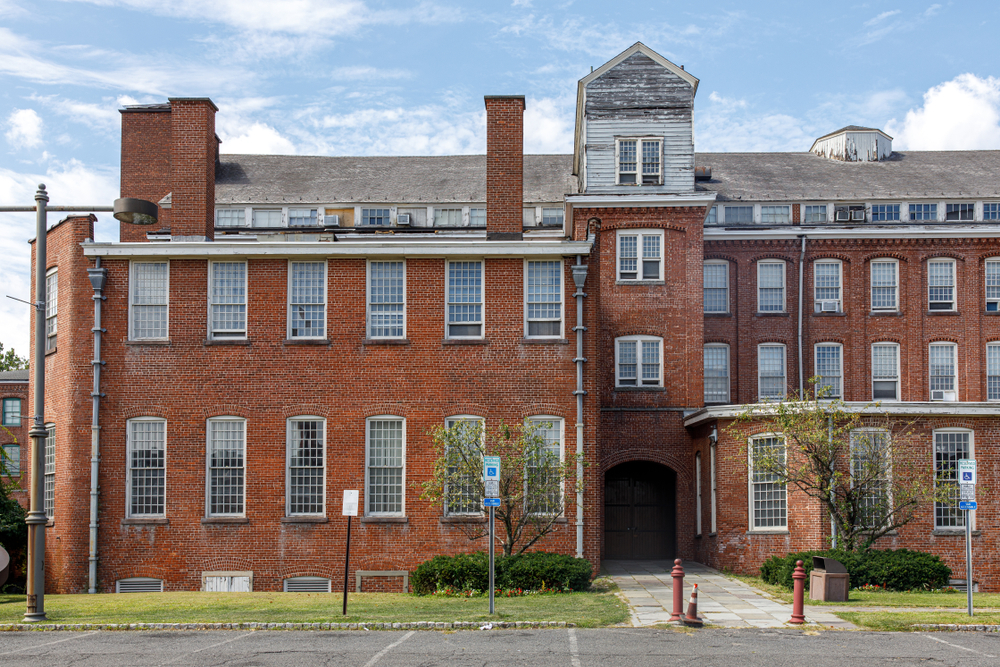
The Auction Hammer Fell in 1842
The company shut down completely in 1842. All the factory equipment, unsold guns, and gun parts went to auction to the highest bidder.
They held a public auction in New York City to sell off the company’s most valuable assets in late 1843. By this point, the New Jersey corporation had already stopped making guns a year earlier.
The factory that had represented Colt’s dream now stood empty, its machinery silent after just six years of operation.
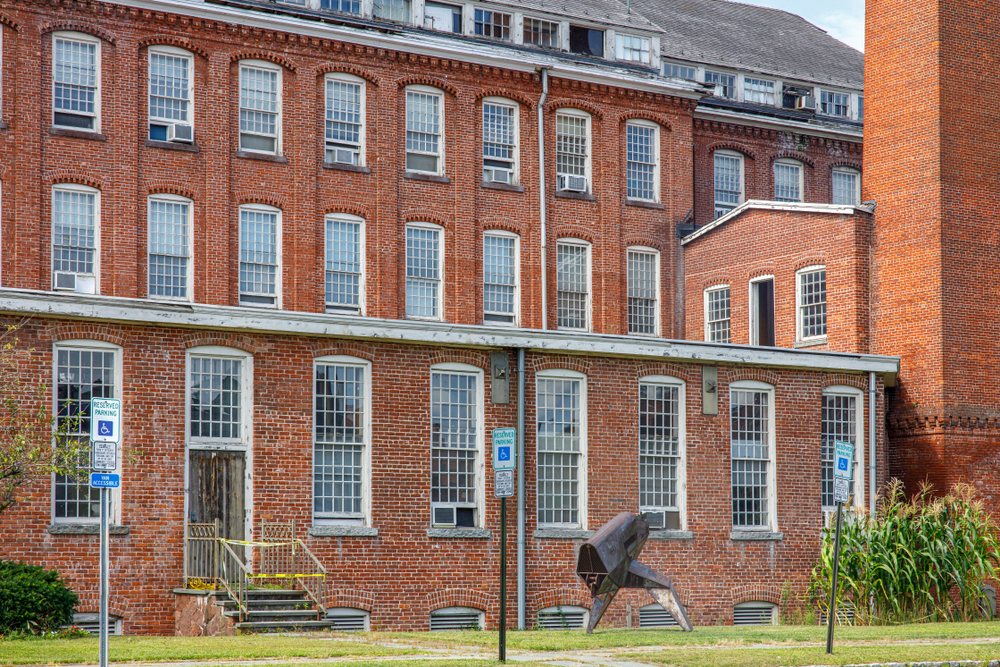
A Creditor Kept Colt’s Legacy Alive
John Ehlers, one of Colt’s creditors and business associates, kept the flame burning by continuing to make and sell about 500 more pistols through 1847.
Meanwhile, Colt decided to move his future production operations further north after the 1842 closure. The Paterson factory building found new life as the city’s first silk mill, run by Samuel’s brother Christopher.
The factory had served Samuel Colt for just six years from 1836 to 1842, producing over 5,000 rifles and repeating pistols in total before its doors closed for good.
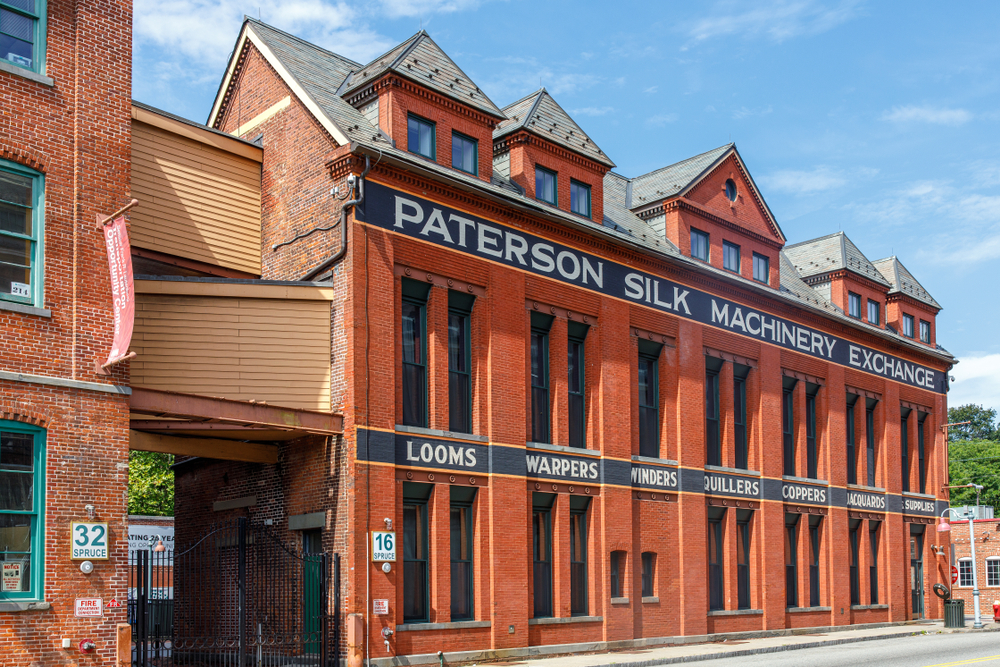
Visiting Paterson Museum, New Jersey
The Paterson Museum at 2 Market Street tells the story of Samuel Colt’s failed gun factory that operated here from 1836-1842.
You can visit Tuesday-Friday 10am-4pm or weekends 12:30pm-4:30pm for a $2 suggested donation (kids free). The museum sits in an old 1873 locomotive shop and offers group tours by appointment.
It’s right near Paterson Great Falls National Historical Park, so you can easily visit both.
This article was created with AI assistance and human editing.
Read more from this brand:
John Ghost is a professional writer and SEO director. He graduated from Arizona State University with a BA in English (Writing, Rhetorics, and Literacies). As he prepares for graduate school to become an English professor, he writes weird fiction, plays his guitars, and enjoys spending time with his wife and daughters. He lives in the Valley of the Sun. Learn more about John on Muck Rack.


Here Are 12 Things People from West Virginia Do That Seem Insane To Everyone Else

Here Are 12 Things People from Washington Do That Seem Insane To Everyone Else

Here Are 12 Things People from Virginia Do That Seem Insane To Everyone Else

New Mexico Albuquerque International Balloon Fiesta wrap-ups and fall arts

Mississippi Natchez Trace fall festivals and music events

12 Reasons Why You Should Never Ever Move to Florida

Best national parks for a quiet September visit

In 1907, Congress forced Roosevelt to put God back on U.S. coins. Here’s why.

The radioactive secret White Sands kept from New Mexicans for 30 years

America’s most famous railroad photo erased 12,000 Chinese workers from history
Trending Posts

 Pennsylvania3 days ago
Pennsylvania3 days agoHere Are 12 Things People from Pennsylvania Do That Seem Insane To Everyone Else

 North Carolina4 days ago
North Carolina4 days agoHere Are 12 Things People from North Carolina Do That Seem Insane To Everyone Else
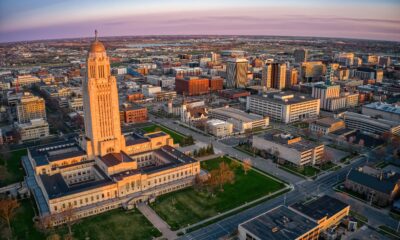
 Nebraska6 days ago
Nebraska6 days agoHere Are 12 Things People from Nebraska Do That Seem Insane To Everyone Else

 Maine5 days ago
Maine5 days agoThe ruins of a town that time forgot are resting in this Maine state park
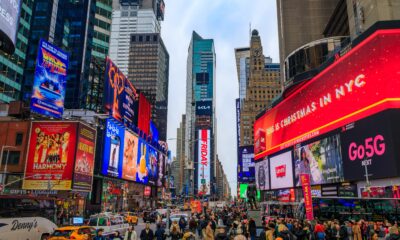
 New York4 days ago
New York4 days agoHere Are 12 Things People from New York Do That Seem Insane To Everyone Else
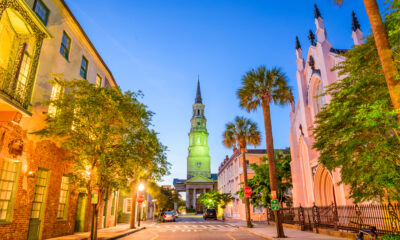
 South Carolina2 days ago
South Carolina2 days agoHere Are 12 Things People from South Carolina Do That Seem Insane To Everyone Else

 Ohio4 days ago
Ohio4 days agoHere Are 12 Things People from Ohio Do That Seem Insane To Everyone Else
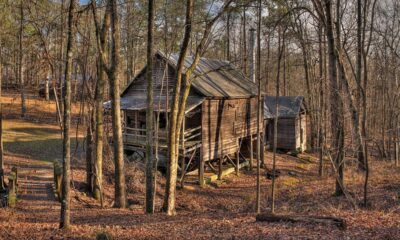
 Georgia5 days ago
Georgia5 days agoThis plantation’s slave quarters tell Georgia’s slowest freedom story
